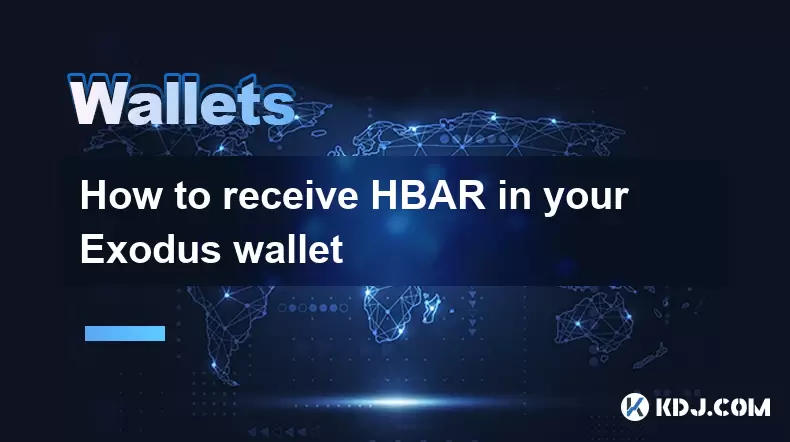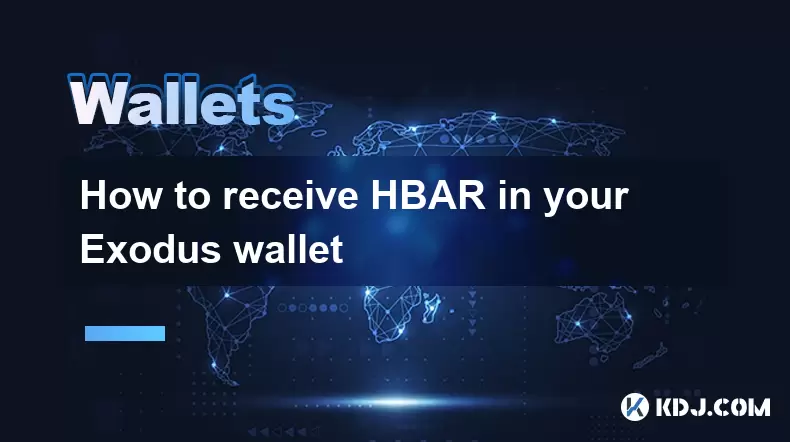-
 Bitcoin
Bitcoin $116900
0.00% -
 Ethereum
Ethereum $4280
5.48% -
 XRP
XRP $3.265
-1.45% -
 Tether USDt
Tether USDt $1.000
-0.01% -
 BNB
BNB $807.0
1.41% -
 Solana
Solana $183.1
2.93% -
 USDC
USDC $0.9999
0.00% -
 Dogecoin
Dogecoin $0.2440
6.50% -
 TRON
TRON $0.3357
-0.88% -
 Cardano
Cardano $0.8178
2.63% -
 Hyperliquid
Hyperliquid $44.13
7.45% -
 Chainlink
Chainlink $21.39
9.09% -
 Stellar
Stellar $0.4524
-0.84% -
 Sui
Sui $3.957
2.13% -
 Bitcoin Cash
Bitcoin Cash $572.7
-2.54% -
 Hedera
Hedera $0.2671
1.54% -
 Avalanche
Avalanche $24.77
4.17% -
 Ethena USDe
Ethena USDe $1.001
0.02% -
 Litecoin
Litecoin $122.3
-1.94% -
 Toncoin
Toncoin $3.432
2.26% -
 UNUS SED LEO
UNUS SED LEO $9.007
0.49% -
 Shiba Inu
Shiba Inu $0.00001396
5.26% -
 Uniswap
Uniswap $11.09
1.64% -
 Polkadot
Polkadot $4.155
4.57% -
 Dai
Dai $1.000
0.00% -
 Pepe
Pepe $0.00001253
5.11% -
 Cronos
Cronos $0.1588
2.67% -
 Bitget Token
Bitget Token $4.512
0.05% -
 Monero
Monero $275.0
0.64% -
 Ethena
Ethena $0.7527
15.10%
How to generate BTC receiving address in Coinomi wallet?
To generate a new BTC receiving address in Coinomi, open the app, select Bitcoin, navigate to the 'Receive' screen, and click 'New Address' to get a fresh, unique address.
Mar 30, 2025 at 06:42 am

How to Generate a BTC Receiving Address in Coinomi Wallet?
Understanding BTC Receiving Addresses
A Bitcoin (BTC) receiving address is essentially your unique identifier on the Bitcoin blockchain. Think of it like your bank account number – you provide this address to someone who wants to send you BTC. Each address is cryptographically generated and ensures that only you can access the funds sent to it. It's crucial to understand that while you can generate multiple receiving addresses, each one represents a separate receiving point for your BTC. Losing access to a receiving address means losing access to the BTC sent to it.
Generating a New BTC Receiving Address in Coinomi
Coinomi simplifies the process of generating new BTC receiving addresses. Here's a step-by-step guide:
Open the Coinomi Wallet: Launch the Coinomi application on your device (mobile or desktop). Ensure your wallet is unlocked and ready to use.
Select Bitcoin: From the list of available cryptocurrencies, locate and select Bitcoin (BTC).
Navigate to the Receive Screen: You'll usually find a "Receive" button or tab associated with your BTC wallet. This might be represented by an icon of an incoming arrow or similar.
Generate a New Address: On the receive screen, you should see an option to generate a new address. This is often a button labeled "New Address" or similar. Click this.
Verify the New Address: Coinomi will generate a fresh BTC receiving address. Carefully verify this address before sharing it with anyone. A single typo can result in irreversible loss of funds.
Share the Address (Optional): Once verified, you can copy the address to your clipboard and share it with the sender. Remember to double-check the address before sending it.
QR Code Option: Many wallets, including Coinomi, offer a QR code representation of the address. This can simplify the process for senders who can scan the code using their wallet's QR code scanner.
Security Considerations When Generating and Using BTC Receiving Addresses
Security is paramount when dealing with cryptocurrency. Always ensure you're using the official Coinomi app and not a fake or malicious version. Be wary of phishing attempts that might try to trick you into revealing your seed phrase or private keys.
Never reuse an address unless you have a very compelling reason. While not strictly mandatory for security, using a fresh address for every transaction enhances your privacy and makes it harder for anyone to track your transactions.
Regularly back up your seed phrase. This is the most crucial security step. Your seed phrase is the key to recovering your entire wallet, including all your BTC. Store it securely offline, ideally in a physical location separate from your devices.
Understanding the Coinomi Interface and BTC Addresses
Coinomi's interface is designed to be user-friendly, but slight variations may exist depending on the version you're using. If you encounter difficulties, consult the Coinomi help center or their official support channels.
Remember that the BTC address generated is unique to the transaction. Sharing this address with multiple senders is generally safe as long as you are certain of the sender's identity. However, using a new address for each transaction is recommended for enhanced privacy. Always double-check the address before sharing it to avoid irreversible loss of funds.
Advanced Topics: HD Wallets and Address Derivation
Coinomi utilizes Hierarchical Deterministic (HD) wallets. This means that a single seed phrase can generate an unlimited number of receiving addresses. Each address is derived from the seed phrase, ensuring that all addresses are securely linked to your master private key. You don't need to understand the technical details of HD wallets to use Coinomi effectively, but understanding this fundamental aspect can help you appreciate the security and efficiency of the system.
Frequently Asked Questions
Q: Can I generate multiple BTC receiving addresses in Coinomi?
A: Yes, Coinomi allows you to generate as many BTC receiving addresses as you need. This is a standard feature of HD wallets.
Q: What happens if I lose my BTC receiving address?
A: If you lose a BTC receiving address, you lose access to the Bitcoin sent to that specific address. However, as long as you have your seed phrase, you can still access your other funds.
Q: Is it safe to reuse a BTC receiving address?
A: While not inherently insecure, reusing addresses can compromise your privacy. It’s generally recommended to use a fresh address for each transaction.
Q: How do I ensure the security of my BTC receiving addresses?
A: Always use the official Coinomi app, verify the address before sharing it, and back up your seed phrase securely. Avoid phishing attempts and be cautious of suspicious links or emails.
Q: What if I accidentally send BTC to the wrong address?
A: Unfortunately, once a transaction is confirmed on the Bitcoin blockchain, it's irreversible. It's crucial to double-check the receiving address before sending any BTC.
Q: Can I recover my BTC if I lose my Coinomi wallet?
A: If you have your seed phrase securely stored, you can recover your entire wallet, including your BTC, on any device by using the seed phrase to restore your Coinomi wallet. Without your seed phrase, recovery is impossible.
Disclaimer:info@kdj.com
The information provided is not trading advice. kdj.com does not assume any responsibility for any investments made based on the information provided in this article. Cryptocurrencies are highly volatile and it is highly recommended that you invest with caution after thorough research!
If you believe that the content used on this website infringes your copyright, please contact us immediately (info@kdj.com) and we will delete it promptly.
- Meme Coins in 2025: Early Access to the Moon with $MOBU
- 2025-08-10 12:30:11
- Bitcoin's Golden Cross: Rally Outlook and What's Next
- 2025-08-10 12:30:11
- XRP Price, Remittix, and Ripple Rivals: A Crypto Cocktail
- 2025-08-10 10:50:16
- Live Crypto Updates, August 10: ETH Soars, Trump's Crypto Play, and More!
- 2025-08-10 11:30:16
- Riding the Wave: Ethereum, DeFi, and the Liquid Staking Derivatives (LSDs) Surge
- 2025-08-10 10:30:15
- Strobe Ventures, ENA Tokens, and the Surge: What's the Deal?
- 2025-08-10 10:35:15
Related knowledge

How to manage your portfolio in Exodus wallet
Aug 08,2025 at 10:07pm
Understanding the Exodus Wallet InterfaceThe Exodus wallet is a non-custodial cryptocurrency wallet that supports a wide range of digital assets. When...

How to reset your MetaMask password
Aug 08,2025 at 01:28pm
Understanding the MetaMask Password Reset ProcessMany users confuse the MetaMask password with the seed phrase or private key, but they serve differen...

How to buy Dogecoin on MetaMask
Aug 08,2025 at 03:42am
Understanding Dogecoin and MetaMask CompatibilityDogecoin (DOGE) is a popular meme-based cryptocurrency that operates on its own blockchain, originall...

How to switch between networks in Trust Wallet
Aug 09,2025 at 11:07am
Understanding Network Switching in Trust WalletSwitching between networks in Trust Wallet allows users to manage assets across different blockchains, ...

How to receive HBAR in your Exodus wallet
Aug 08,2025 at 11:28pm
Understanding HBAR and the Hedera NetworkThe HBAR cryptocurrency is the native token of the Hedera Hashgraph network, a distributed ledger technology ...

How to receive HBAR in your Exodus wallet
Aug 09,2025 at 06:07am
Understanding HBAR and the Hedera NetworkHBAR is the native cryptocurrency of the Hedera Hashgraph network, a distributed ledger technology that uses ...

How to manage your portfolio in Exodus wallet
Aug 08,2025 at 10:07pm
Understanding the Exodus Wallet InterfaceThe Exodus wallet is a non-custodial cryptocurrency wallet that supports a wide range of digital assets. When...

How to reset your MetaMask password
Aug 08,2025 at 01:28pm
Understanding the MetaMask Password Reset ProcessMany users confuse the MetaMask password with the seed phrase or private key, but they serve differen...

How to buy Dogecoin on MetaMask
Aug 08,2025 at 03:42am
Understanding Dogecoin and MetaMask CompatibilityDogecoin (DOGE) is a popular meme-based cryptocurrency that operates on its own blockchain, originall...

How to switch between networks in Trust Wallet
Aug 09,2025 at 11:07am
Understanding Network Switching in Trust WalletSwitching between networks in Trust Wallet allows users to manage assets across different blockchains, ...

How to receive HBAR in your Exodus wallet
Aug 08,2025 at 11:28pm
Understanding HBAR and the Hedera NetworkThe HBAR cryptocurrency is the native token of the Hedera Hashgraph network, a distributed ledger technology ...

How to receive HBAR in your Exodus wallet
Aug 09,2025 at 06:07am
Understanding HBAR and the Hedera NetworkHBAR is the native cryptocurrency of the Hedera Hashgraph network, a distributed ledger technology that uses ...
See all articles

























































































